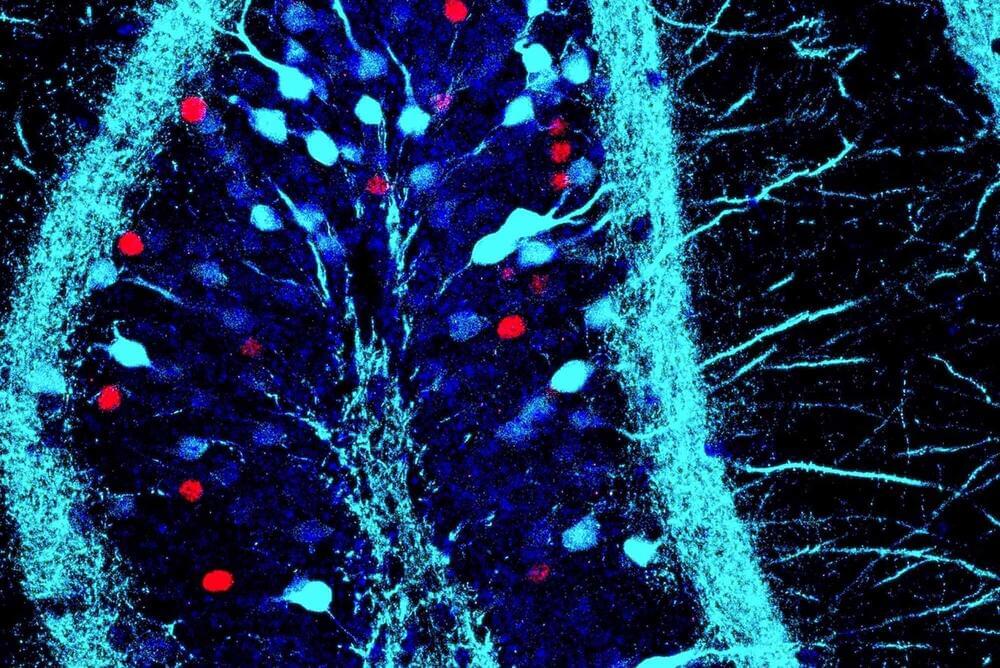You may not realize it, but each time you recall a memory—like your first time riding a bike or walking into your high school prom—your brain changes the memory ever so slightly. It’s almost like adding an Instagram filter, with details being filled in and information being updated or lost with each recall.
“We’re inadvertently applying filters to our past experiences,” says Steve Ramirez, a Boston University neuroscientist. Even though a filtered memory is different from the original, you can tell what that basic picture is, for the most part, he says.
“Memory is less of a video recording of the past, and more reconstructive,” says Ramirez, a BU College of Arts & Sciences assistant professor of psychological and brain sciences. The malleable nature of memory is both a blessing and curse: It’s bad if we remember false details, but it’s good that our brains have the natural ability to mold and update memories to make them less potent, especially if it is something scary or traumatic.
